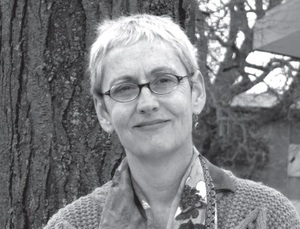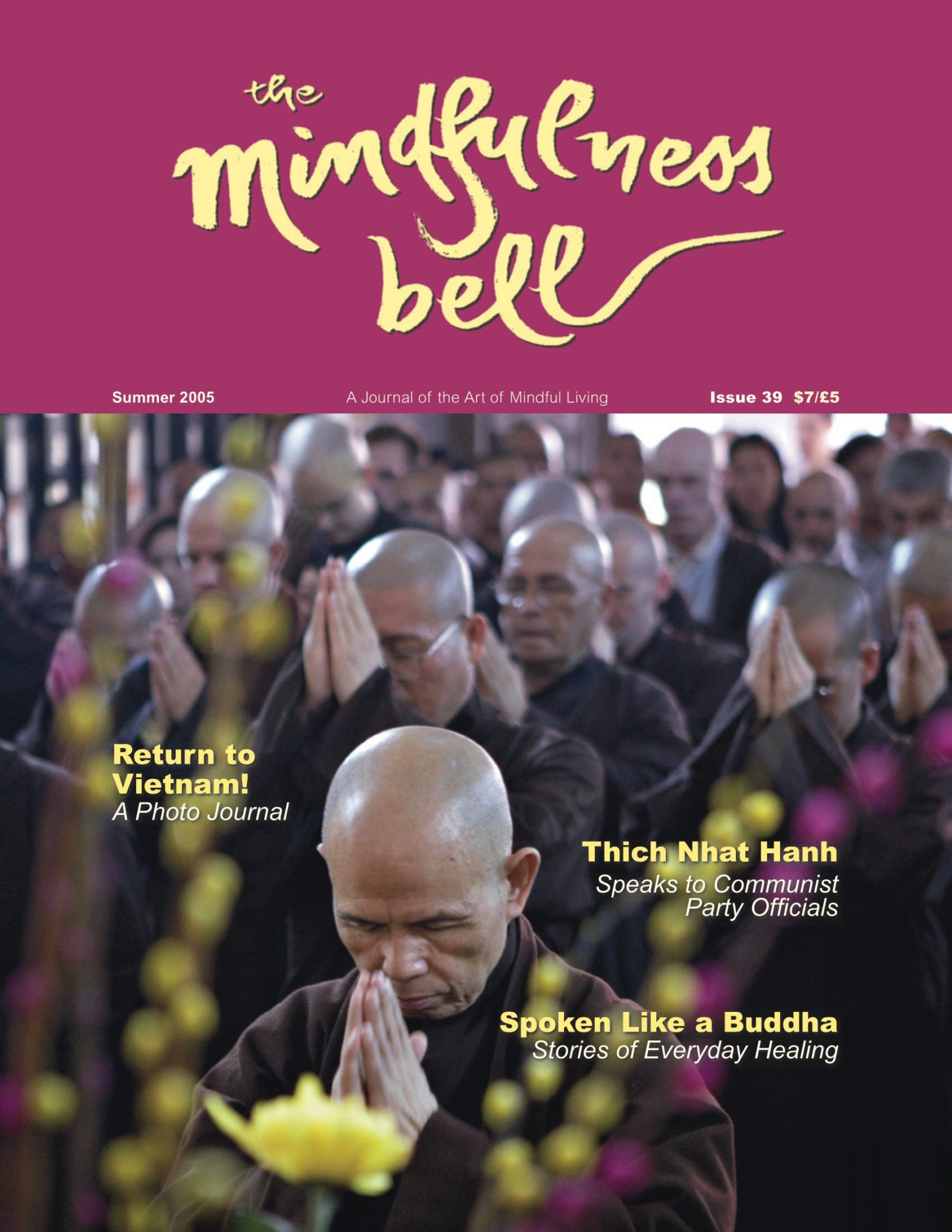
By Susan O’Leary
Ours is an old house in the heart of a midwestern American city. This is where we daily breathe (not always in mindfulness), where we daily walk, where we daily sit. This is where our practice starts in the morning and ends at night. We do not always practice well, we don’t always remember we’re practicing. But this is the space where our mindfulness over years has grown.

By Susan O’Leary
Ours is an old house in the heart of a midwestern American city. This is where we daily breathe (not always in mindfulness), where we daily walk, where we daily sit. This is where our practice starts in the morning and ends at night. We do not always practice well, we don’t always remember we’re practicing. But this is the space where our mindfulness over years has grown. And as we quiet and settle, our house quiets and settles with us.
The kitchen reminds us we are home, and I love to stand in its silence. There are two windows in the kitchen–one above the sink looking over the back yard, one on the stairs that come down into the kitchen from the second floor. In the seasons when windows are open, you feel the breeze move with bare attention through the room. When I open the door in the back hall leading to the basement, and open the window on the landing, the breeze then moves differently. It comes together with fullness, entering from three directions. Inside and outside. In and out. Silence. Air.
Right now there are tomatoes on the windowsill from our younger son Tom’s garden. There has been little rain this year, and they have ripened unusually small, a lovely coral red. In the morning, when I’m making coffee, I watch our collie in the back yard through this window. He goes to the border of the garden and stands. Still. Then, after this pause, he walks around the edge of the garden fence (we put it up to keep him out), and makes his way in. Each day since they have ripened he goes to the tomato plants, slowly pulls a tomato off, then comes back out of the garden, sets the tomato on the ground, and begins to eat. He is a timid dog, and it is a surprise to see him be so bold.
And the dailiness of life here is just this: we stop more now, we see more slowly. My husband Jim notices a need, and answers it before anyone asks. Tom stops at the bell in passing, and invites it. I see the pleasure of a dog trespassing in a garden. The transformation is small and present. And it has changed our life.
No one has accused us yet of enlightenment. We still will argue. We still have days that start wrong and stay wrong, old hurts that get remembered and then nurtured. But this is the difference: we know more easily our way back now. Somewhere in old patterns of distance, we will be kind. Or stop and listen. We will decide out of love to understand, to open our heart just a little more, though instinct and pattern say to close it.
A presence, a sense, cannot help but change what surrounds it; I have seen that as a teacher. Being with children you learn how families nurture kinship, responsibility, and happiness. And also see how repeated disappointment and want in a family can turn to anger and despair. Each year some few children bring that anger to school, and you see how their anger affects other children, how it can change a room. It took me years of practice to understand this simple thing: mindfulness transforms not just the practitioner, but the place. If we all know that anger can suddenly change a room, change a space – doesn’t, too, love? Doesn’t, too, mindfulness?
The practice entered our house twelve years ago with the breath. With that simple, surprising awareness of now. Now our practice has become home. There is emptiness to sense in the house, to quiet in. The awareness of our two older children, Nate and Nora, both grown, both gone to lives beyond this house, and yet always returning. Difficulty, sorrow, illness; celebration, joy, all have passed here, all have found their way, some staying, some surely to come again. But moments of peace, of mindfulness, have grown over years, and settled in the rooms, too. The breath sent out and brought in. Presence becoming. This is our home, where we are.
We are here, a family. The walking of daily life takes us from room to room, from cupboard to table, from book to bed. The sitting of daily life brings the family together at meals, gets bills paid, offers the refuge of a favorite chair. The breath of daily life, often unnoticed, is life itself. Walk. Sit. Breathe. This is where we know our path. Footsteps repeat. The movement of the house becomes known parts of our life. The practice settles in our hearts here.
Susan O’Leary, Deep Confidence of the Heart, is a teacher and writer living in Madison, Wisconsin and practicing with the Snowflower Sangha.

